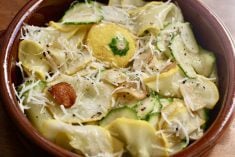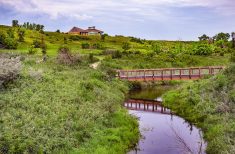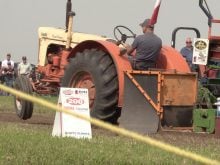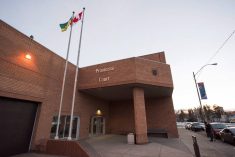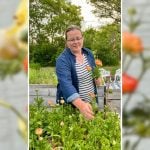HAGUE, Sask. – Kaylin, Vince and Gerard Fehr are doing something different in agriculture. They’re young and they farm.
It’s no part-time enterprise for the three young people, who work with their parents, Marie and Stan Fehr.
“We’ve had a lot of good fortune over the years,” said Stan. “Made some choices that happened to be at the right times and they worked out. And all of our kids have been a big part of our ability to grow our farm,” said Stan.
The Fehr family has a mixed grain, cattle and poultry operation along the South Saskatchewan River.
Read Also
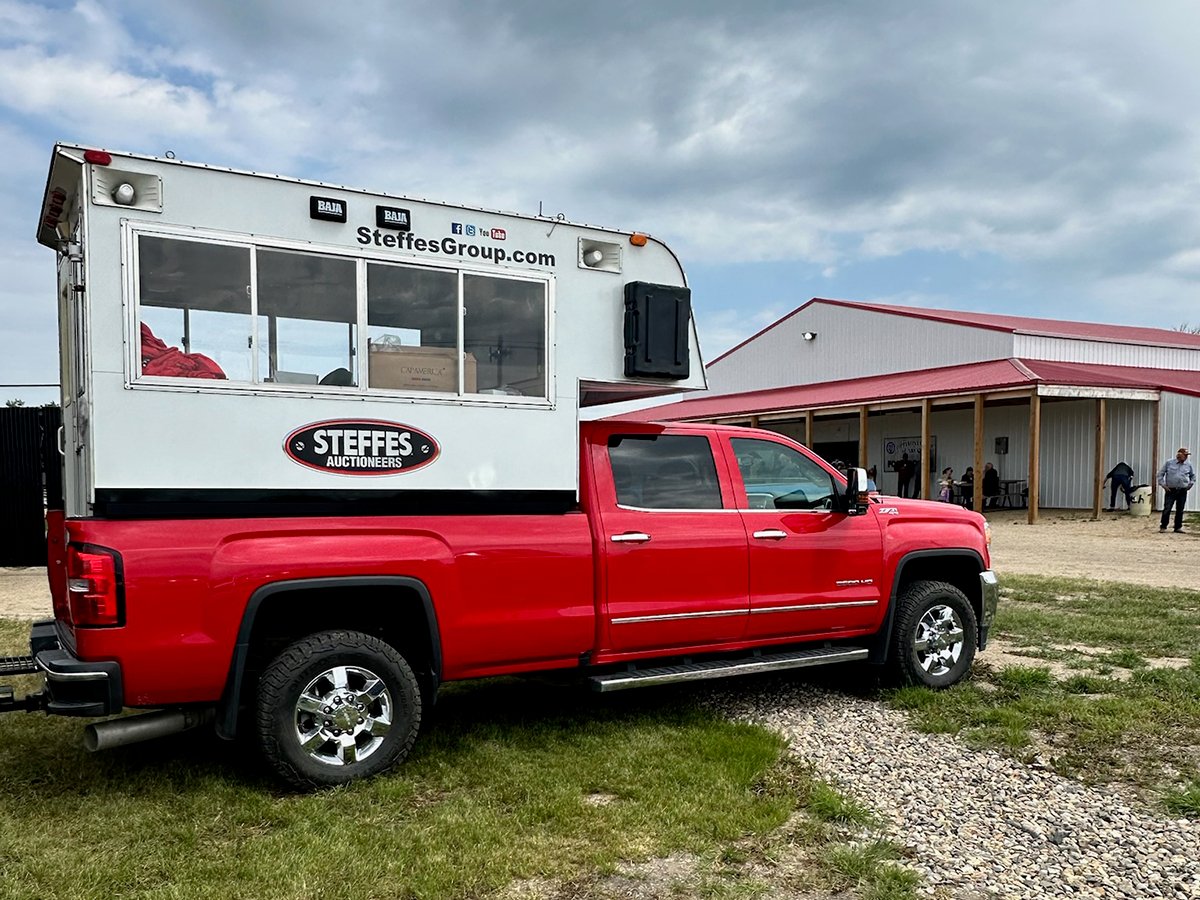
Farm auctions evolve with the times
Times have changed. The number of live, on-farm auctions is seeing a drastic decline in recent years. Today’s younger farmers may actually never experience going to one.
Marie and Stan started farming with Stan’s father in 1972. An aneurysm suddenly removed Stan’s father from the business and put the young couple in charge.
“Marie then had to spend her days in the barns running the chickens while I spent my days in the field. So the kids grew up at their mom’s side in the barn. They developed a love of the business at an early age,” he said.
Gerard, 32, says as kids they never questioned the need to do chores and they always enjoyed the business.
“Why would you want to do anything else?”
Vince, 34, said he knows there are easier ways to make a living, but said the lifestyle for him and his family can’t be found with another career.
Kaylin, 18, is the youngest Fehr.
“This is a great place to make a career, to be in food and agriculture. It’s a very honourable way to make your living. It’s not the easiest way, but a person can be proud of what they do,” she said.
Marie said the family’s more than 2,000 acres of grain land, pasture and hay crops keeps them all busy.
In recent years the family has reduced its cattle herd slightly and now calves about 85 animals.
But it’s the 100,000 chickens that have created the opportunity for the Fehr children to enter agriculture, said Stan.
“Supply management has created the opportunity for them. It has made it possible for our farm to get through the tough times in grain and cattle,” he said.
With two layer barns, one for 60,000 birds and one for 40,000, the family produces both table and processing eggs.
“It has created financial stability. That means we can buy equipment, plan for the future. It creates cash flow and that’s critical in a grain farm where it’s boom and bust,” he said.
He said supply management has also created the opportunity to use the best equipment. The family’s most recent barn contains cages that meet European Union standards with more than 80 sq. inches of space, versus a more common 65.
Kaylin said this has resulted in fewer cracked eggs and better feather condition of the birds later in their production cycle.
The family hasn’t divided the workload into specific roles.
“Some of us end up doing jobs we’re better at or prefer, but mostly we all do whatever job needs doing and when you’ve got livestock, that means a lot of dirty jobs that need doing every day. The kids don’t complain about those jobs. They’ve always seen them as part of whole business,” Stan said.
Both Gerard and Vince have young families and have built their own farmyards on the same quarter section of land as their parents.
Vince’s site has the barn where they grow their own replacement birds, while Gerard has the cattle.
“For Marie and I, this may be the best part of having the kids farming with us. Most of our friends’ children have moved elsewhere. That means their grandchildren are hundreds or thousands of miles away and they don’t get to see them very often. Ours are all within a mile,” said Stan.
The Fehrs rely on a carefully managed, continuously cropped, zero tillage system to provide both feed and commercial grain.
With a rotation that includes pulses, oilseeds and cereals, the family can usually choose whether to use its own grain for feed or sell it to higher priced markets.
Milling feed is one the bottlenecks in the Fehr operation. A project to build a new feed mill will cut the amount of time spent grinding and assembling rations. It also has created an opportunity for Stan and Marie to step back slightly from the management of the farm.
“I’ve let the boys take care of most of this project. It’s not easy to figure out how to start letting the next generation make decisions when we’ve been the ones doing it all this time,” he said.
Stan said having family to farm with has made possible one important part of his career. He splits his farm time with an active role on the Canadian Egg Marketing Agency board and with the provincial agency.
“I couldn’t have done that without the kids and Marie’s support. It takes a lot of travel and time. It’s been very fulfilling for me and I think it’s a commitment that makes a difference in my industry,” he said.
The family is planning for a future that may be full of change. International trade talks and federal government trends toward open markets may cause the supply managed egg business to be less secure.
“We’ll probably look at more land. More land seeded to grass and hay. More cattle I think will be part of the future,” he said.
More birds, for now, aren’t likely part of that plan.
Vince said the price of quota makes expansion prohibitive for most mid-sized and smaller producers or younger farmers wishing to enter the business.
“Lots of families work hard,” said Stan. “We’ve done that and had a lot of good fortune and as a result, we’re able to share that with the next generation.”



